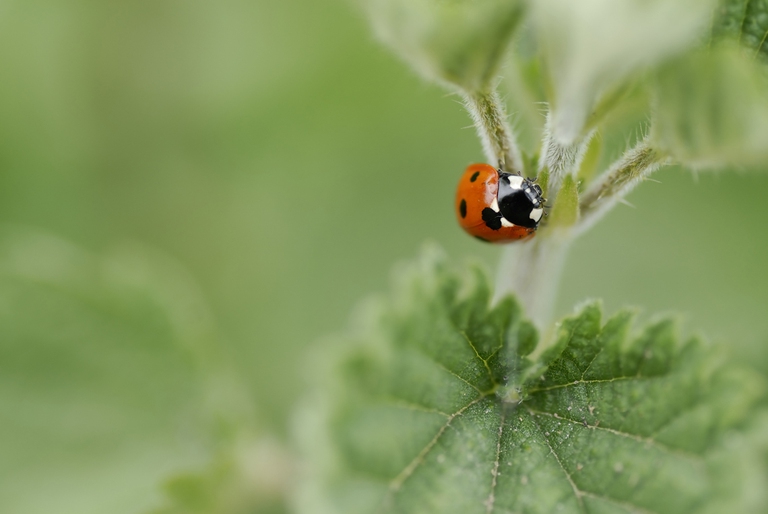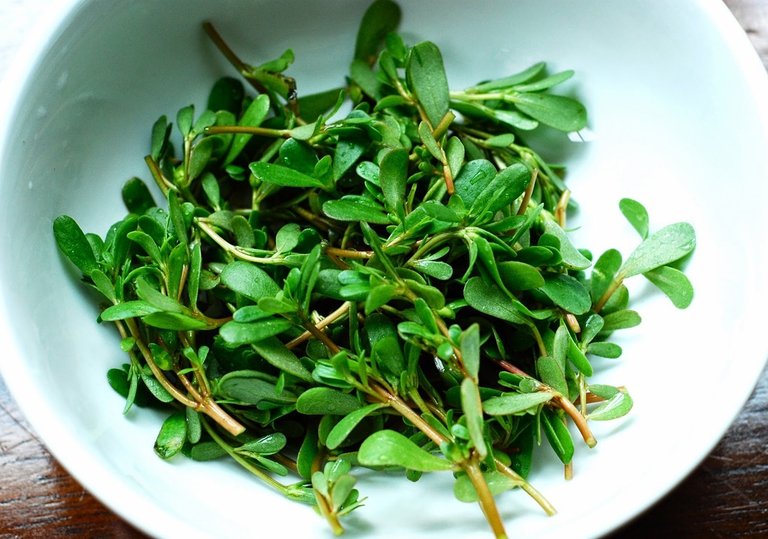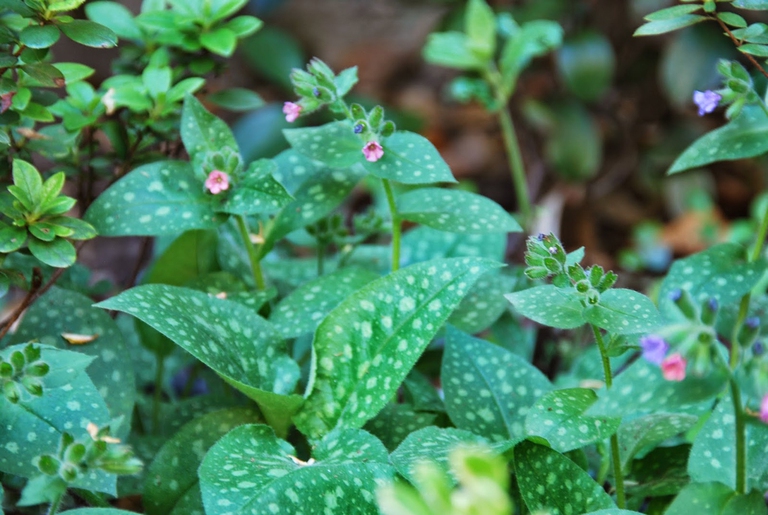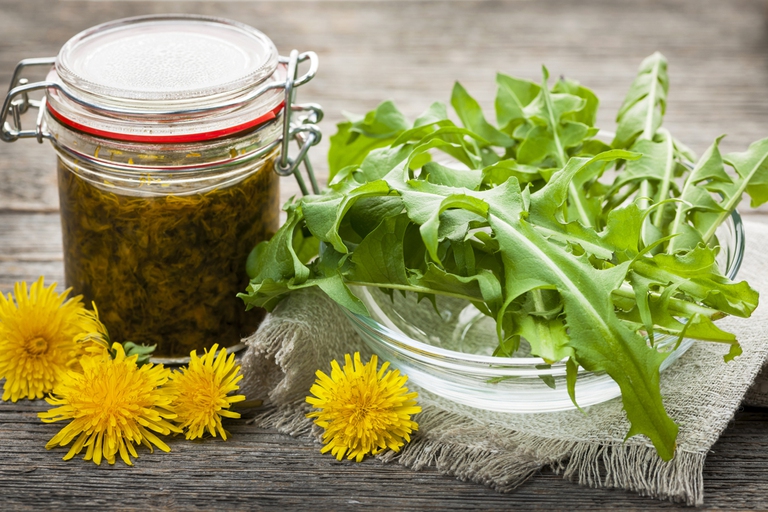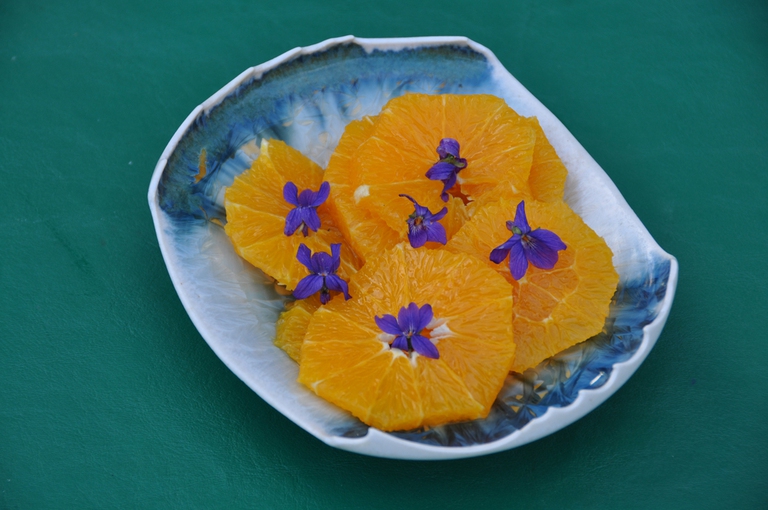
Not just skyscrapers: the Japanese capital is a much greener city that most people imagine. Let’s discover the best Tokyo parks and gardens from autumn to spring, and anytime in between.
Edible wild herbs grow in meadows, on the edge of orchards and paths. They are tasty spontaneous plants rich in active ingredients. Let’s learn how to use them in cooking.
Versatile and tasty wild herbs purify and stimulate the body. Our ancestors knew this well and used wild herbs a lot, but over the years this habit has changed. Maybe because we’re accustomed to eat the same things: nowadays, some thirty plants cover 95% of global food requirements. Eating spontaneous plants increases the range of nutrients and other beneficial substances that we take through food and allows us to rediscover the flavours of ancient times that are surprisingly tasty.
Here are some of the most common wild plants that can be used in cooking.
It is rich in amino acids, proteins, mineral salts, vitamins. It is cooked in the same way as spinach but get your gloves on when you touch it.
It grows in damp and sunny places. Its tender leaves are juicy and fleshy and are good both raw or cooked in salads. It’s a great source of vitamin C, it’s refreshing and depurative and keeps cholesterol levels under control.
It has leaves with white spots and is excellent to prepare soups. The fresh juice of its leaves contains a large amount of vitamin A and C. The plant is harvested before it blooms.
Its raw or cooked leaflets purify the body, provide it with vitamins, protect the liver and brighten up the skin. Its flower buds are pickled like the capers.
It has scented violet flowers that are harvested as soon as they bloom and added without stalk to salads or used to prepare tasty ice cream. They can be dried in a well-aired, dark and warm place and kept in a glass pot in a dark place.
Siamo anche su WhatsApp. Segui il canale ufficiale LifeGate per restare aggiornata, aggiornato sulle ultime notizie e sulle nostre attività.
![]()
Quest'opera è distribuita con Licenza Creative Commons Attribuzione - Non commerciale - Non opere derivate 4.0 Internazionale.
Not just skyscrapers: the Japanese capital is a much greener city that most people imagine. Let’s discover the best Tokyo parks and gardens from autumn to spring, and anytime in between.
The 2016 edition of the International Day of Peace, established to end hostilities, is devoted to sustainable development.
The project is similar to New York’s famous High Line constructed on the railway that once connected the Meat Market to Midtown. But in the case of Seoullo 7017 in South Korea’s capital Seoul, a walkway has been constructed on an overpass dating back to 1970 where cars once sped along, and where today people can wander and enjoy the revitalised area. The Seoullo 7017
Tiberio Grimberg lives on the outskirts of Beka’ot, an Israeli settlement near the Jordan Valley. He works as a gardener, nurturing and watering plants in his moshav, a type of Israeli town or settlement. “Around here in the Jordan valley, vineyards dominate the agriculture,” says Tiberio as he wipes his sweat, sitting in the seat of
The Antarctic ice sheets are melting more quickly than predicted and sea levels around the world could rise by 1.5 to 2 metres this century – double compared to some previous estimates. This has been met with concerns for 45 million displaced in coastal Chinese cities and major Australian population centres “slipping under the waves”,
Trees play an important role in reducing emissions and smog in big cities. There are species that are more suited for this purpose, here are a few.
Nature never sleeps. And when we can’t take a break from cold temperatures, there are plants that can colour our winter garden.
When it rains in urban areas, especially when it rains heavily, water flows straight from concrete infrastructure into sewer pipes, which are often antiquated and overloaded, then into surrounding rivers or oceans. Such water causes personal tragedies and generates huge costs when streets overflow, and carries unfiltered pollutants that can damage the environment. The
In the US, 72 percent more organic food on our tables. California ranks first in the top ten organic States, but the market is booming all across the country.
